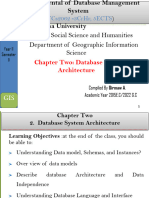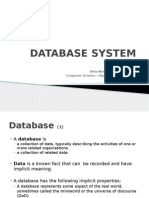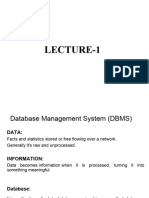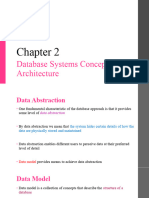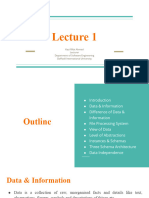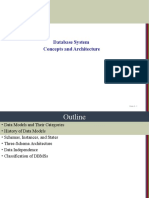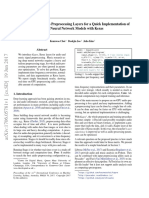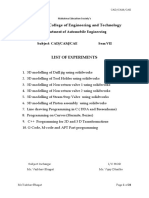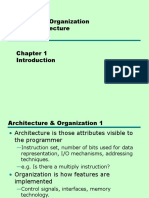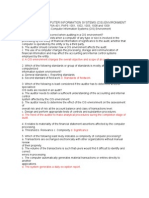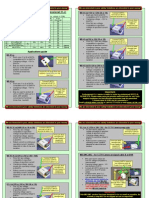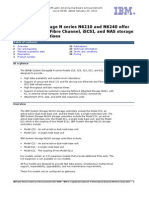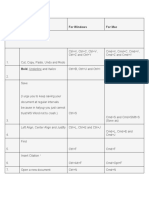0% found this document useful (0 votes)
66 views11 pagesDatabase Systems for Beginners
The document outlines key concepts in database systems, including data models, schemas, and instances, which are essential for the design and management of efficient, reliable, and secure databases. It describes the three types of schemas: physical, logical, and conceptual, each serving different purposes in database organization. Additionally, it introduces the dynamic nature of instances, which represent the actual data stored at a specific time.
Uploaded by
playsinuyasha560Copyright
© © All Rights Reserved
We take content rights seriously. If you suspect this is your content, claim it here.
Available Formats
Download as PDF, TXT or read online on Scribd
0% found this document useful (0 votes)
66 views11 pagesDatabase Systems for Beginners
The document outlines key concepts in database systems, including data models, schemas, and instances, which are essential for the design and management of efficient, reliable, and secure databases. It describes the three types of schemas: physical, logical, and conceptual, each serving different purposes in database organization. Additionally, it introduces the dynamic nature of instances, which represent the actual data stored at a specific time.
Uploaded by
playsinuyasha560Copyright
© © All Rights Reserved
We take content rights seriously. If you suspect this is your content, claim it here.
Available Formats
Download as PDF, TXT or read online on Scribd
/ 11





